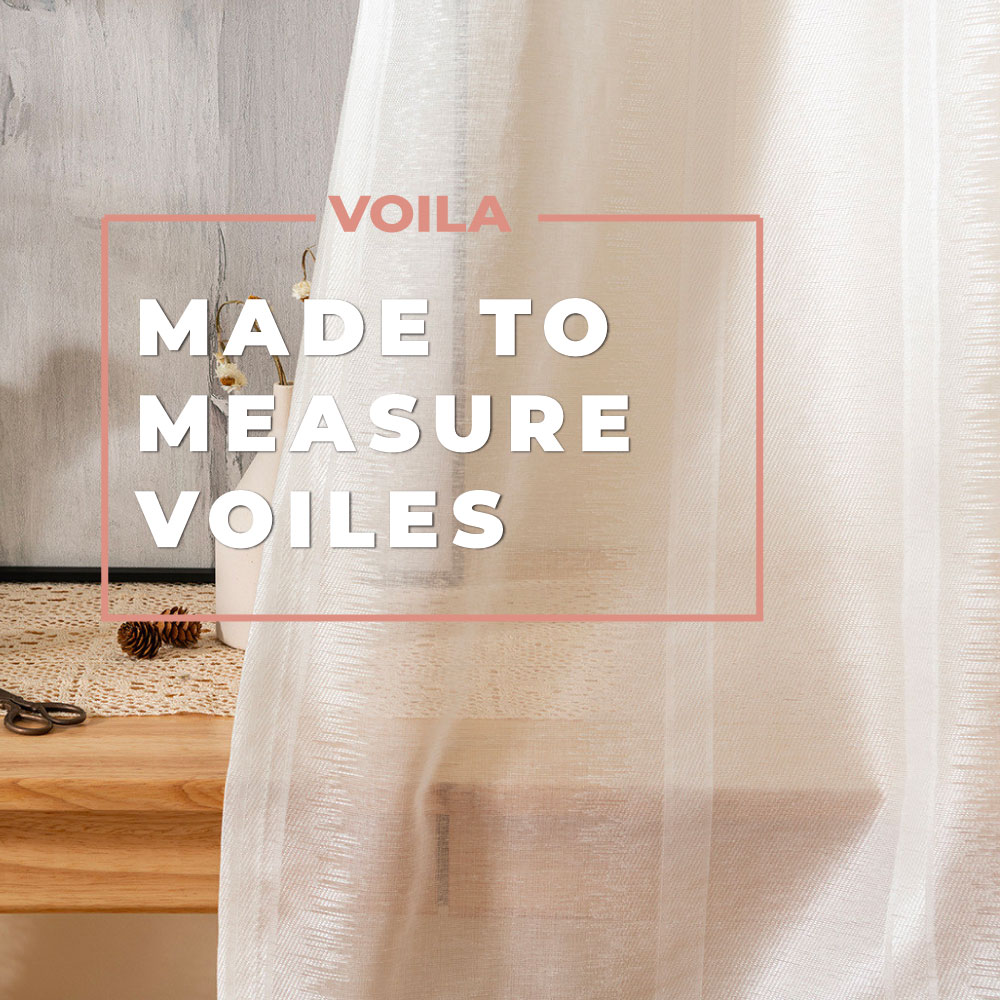Creating a Harmonious Blend of Zen and Wabi-Sabi
Zen, often associated with the Japanese concept of mindfulness and meditation, is a design style that promotes harmony and minimalism. Wabi-Sabi is a Japanese aesthetic philosophy that embraces the beauty of imperfection and the transience of life.
You don't have to choose between Zen and Wabi-Sabi – they can coexist beautifully. Find the equilibrium between minimalism and imperfection. A serene Zen room can benefit from a touch of Wabi-Sabi's rustic charm. Incorporate potted plants or bonsai trees to bridge the gap between Zen's natural serenity and Wabi-Sabi's love for organic elements. Use a muted, earthy colour palette that echoes both Zen's neutrality and Wabi-Sabi's reverence for nature.
Curtains that Evoke Zen and Wabi-Sabi Tranquility:
The choice of curtains can significantly impact the overall vibe of your space.
Linen Drapes: Linen curtains in soft, neutral hues like beige, gray, or muted green are the epitome of Zen or Wabi-Sabi style. Their natural, slightly wrinkled appearance exudes a sense of calm and relaxation, while their organic look aligns seamlessly with the Wabi-Sabi emphasis on imperfection.
Sheer Panels: Consider light, sheer curtains that allow natural light to filter in gently. White or neutral colours work best to maintain the serene ambiance.
Minimalist Hardware - Less is truly more:
Opt for clean lines, neutral colours, and uncluttered spaces. Choose curtain rods and hardware with clean lines and simple designs, reflecting the Zen philosophy of minimalism. Matte black or brushed nickel finishes can add a touch of modernity without overwhelming the space.
In the world of interior design, Zen and Wabi-Sabi are more than just styles – they are philosophies that transform your living spaces into havens of tranquility and reflection. Whether you opt for the simplicity of Zen or the rustic beauty of Wabi-Sabi, remember that the key is to embrace the essence of each and create a home that nurtures your soul.













